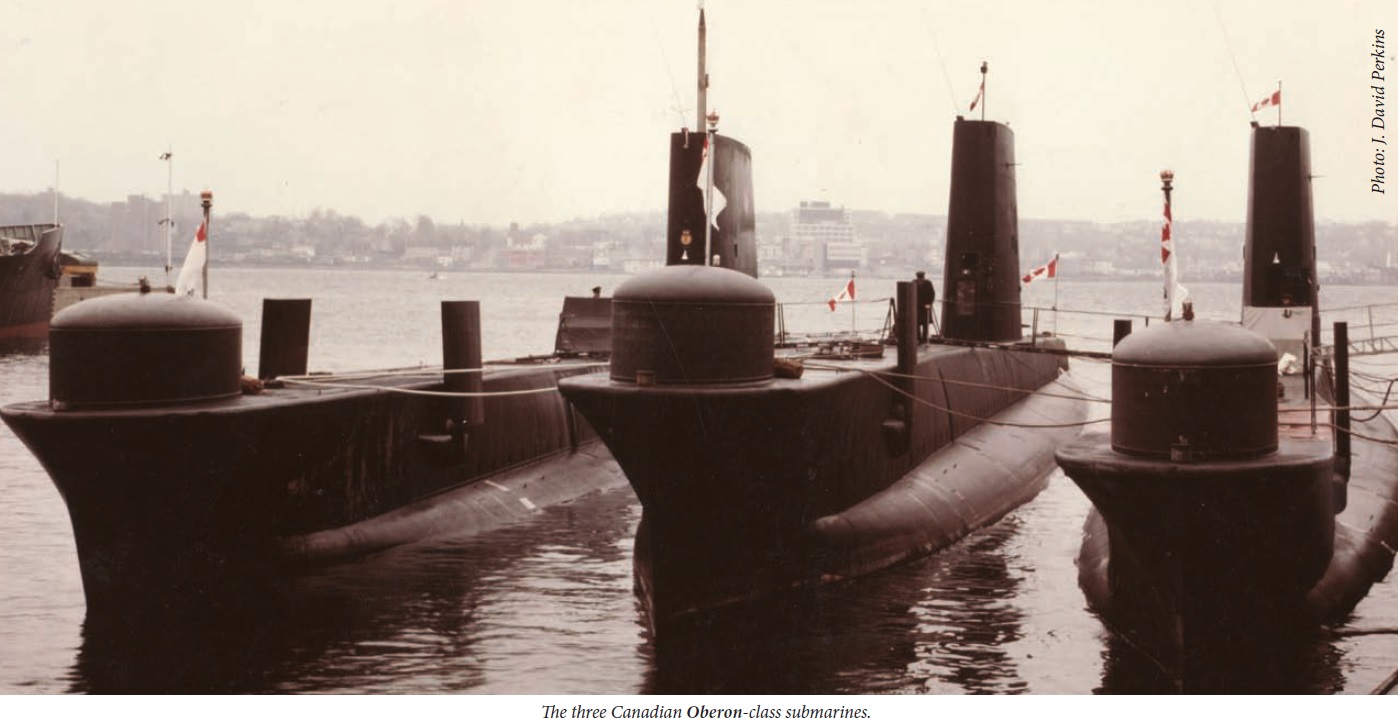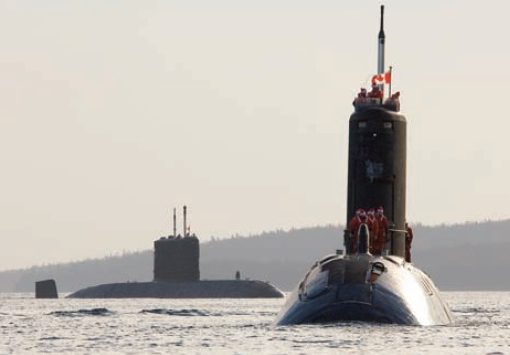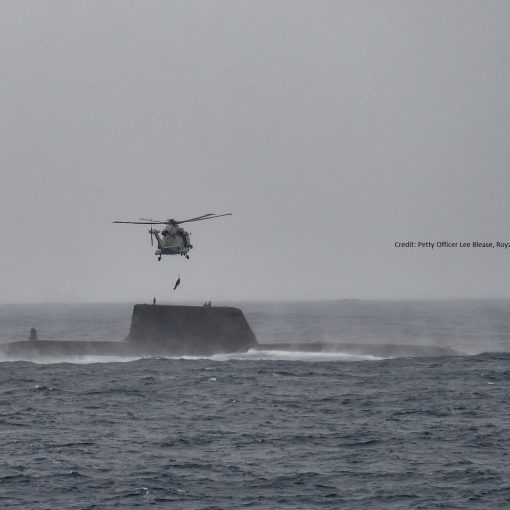*Moderator's Note: This article originally appears in Marine Matters. It is reprinted here with the permission of the publisher.
Dr. Michael Byers and Mr. Stewart Webb released a report called That Sinking Feeling: Canada’s Submarine Program Spring a Leak. As I read it, I couldn’t help but think back to all the fruitless conversations around the dinner table and blank stares I used to get from my dry-land family and friends in Alberta about why Canada has submarines. It was just incomprehensible to them. Submarines were the weapons of the enemy; foul Nazis and sneaking Soviets alike. Why should Canadians engage in a form of naval warfare that was both the instrument of the aggressor and a failed methodology in two world wars?
The answer came during my time as the Co-Chair of the Maritime Studies Program at the Canadian Forces College in Toronto. I put together a series of daily emails I called “This Day in Canadian Naval History” for both the naval staff and students at the college. It was an enjoyable and important task. Our program assumed a certain level of naval historical knowledge, which I quickly learned most did not possess. There was no time in the program for an extra set of lectures. So, a daily history ‘primer’ helped to fill the bill.
There were lots of stirring tales of u-boats being sunk, Canadian naval pilots winning high honours and merchant ships delivering all-important supplies. While the history books were full of such factoids, they did not tell the whole story. The ‘lessons’ of our history have not been distilled into conceptual guidance to be used by today’s leaders and to inspire the next generation of naval heroes.
These conceptual lessons from history are just one of the sources of naval doctrine. The problem is that the Canadian navy does not have its own official doctrine and has no plans to produce any; history is just not that important to them. That is the biggest mistake they have even made or probably ever will make.
Because I was required to teach doctrine, I had to come up with some. Rather than recycle British or American doctrine, I began to search for the historical truths about our navy. The hardest to identify was the doctrinal reasons the navy has submarines.
The primary role of the RCN in the Second World War was the escort of both merchant and military convoys across the Atlantic Ocean. The warships used by the RCN for anti-submarine warfare were a motley collection of obsolescent destroyers of British and American design plus British emergency designs known as frigates and corvettes. Merchant ships were sunk on both the first and the last days of the war.
The first doctrinal lesson is this: anti-submarine forces cannot be improvised. Before the war broke out, the RCN had only two officers trained in anti-submarine procedures and none of its escorts were equipped with sonar. Not surprisingly, the early performance of the RCN was terrible. The first enemy submarine definitely sunk by the RCN was the Type IXC boat U-501, on 10 September 1941; two years after hostilities began. During that period the RCN lost twelve warships to a variety of causes; five by enemy torpedo. The navy performed so poorly that most of its forces were withdrawn from convoy duty for intensive training just before the climactic period between March and August of 1943. The outcome was essentially decided when they returned.
The other doctrinal lesson is a secondary deduction from the preceding one: the first time a Canadian sailor sees a submarine should not be when a skilled and well-equipped enemy is shooting at him or her. The RCN did not have their own submarine and submariners to teach its sailors the intricacies of anti-submarine tactics. While anti-air warfare was largely a mechanical process of pointing and shooting weapons, anti-submarine warfare involved a thinking process of estimation, anticipation and counter movement. It is a professional pursuit that takes years to develop proficiency in and requires leading-edge technology to remain that way. The RCN of that era had none of these things and it showed.
Today, there is a naval arms race underway and submarines are highly sought after by countries that foresee trouble in their waters. There are over 450 submarines in use by about 40 countries in the world. Sales of modern, quiet and deadly submarines are highest to countries along the Pacific and Indian Oceans. The number of submarine-operating navies in the world is climbing steadily.
Canada is a G-8 country. Our government is a leading nation economically and diplomatically. This means that we are prone to participation in multi-national military operations with a UN mandate or with regional coalitions. These can take place anywhere on the globe. If trouble sparks up somewhere and our government chooses to deploy naval forces, it is highly likely that submarines will be part of the issue. To go unprepared into a situation that could contain a submarine threat would be as irresponsible and dangerous as it was during the Second World War when Canadian sailors died frequently and quite needlessly.
What if Libya’s two Foxtrot-class submarines had been operational during Operation Unified Protector in 2011? An odd delay in NATO’s operations occurred between March and May. The perception that a submarine might be present was sufficient cause for concern that it induced extreme caution and slowed the pace of operations. Even though the Libyan Navy’s submarines were old, obsolete, and probably not even in service, it is possible the smallest grain of doubt played a major role in the conduct of that operation.
Canada absolutely must have submarines if for no other reason than to train its air and surface naval forces in how to counter a submarine threat. Any submarine is better than no submarine. They are a growing presence in the maritime world. Either we equip and train to deal with them in the best way possible, or we simply withdraw from naval operations altogether. It’s a pretty simple choice. In my view, it is an unacceptable one.




